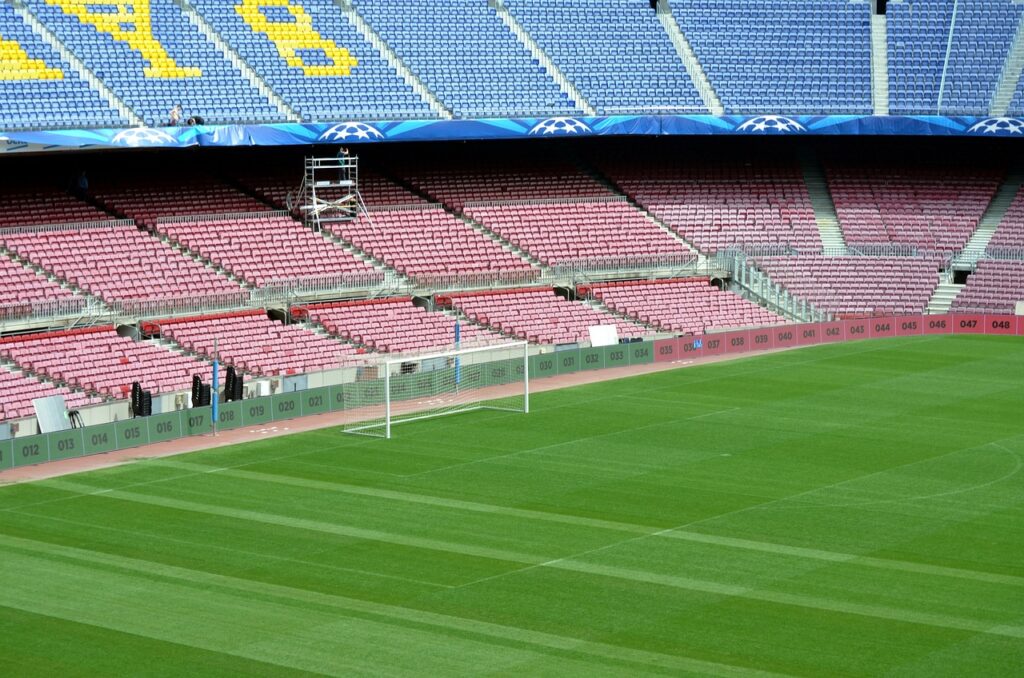Introduction:
In the dynamic arena of soccer training, the artistry embedded in the approach of tight spaces training has risen to prominence as a transformative methodology, harmonizing precision with creativity. This blog post aims to delve deeply into the multifaceted benefits of tight spaces training, drawing inspiration from the coaching philosophies of renowned figures such as Fernando Diniz and Pep Guardiola. The goal is to present these insights in an accessible manner for readers of all backgrounds.
- The Essence of Tight Spaces Training:
At its fundamental core, tight spaces training entails deliberately limiting the playing area during drills and exercises. This intentional restriction serves as a catalyst to challenge players, fostering enhancements in their technical skills, sharpening decision-making capabilities, and nurturing an overall adaptability that transcends the confines of the training ground. This coaching approach resonates profoundly with the principles embraced by Diniz and Guardiola, both acknowledged for integrating similar methodologies into their coaching philosophies.
- Embracing Creativity and Freedom:
Drawing inspiration from Diniz’s celebrated free-flowing possession and Guardiola’s structured play, tight spaces training becomes a canvas for players to express creativity with unfettered freedom. The deliberate navigation through confined environments encourages inventive ball control, intricate passing sequences, and the cultivation of quick decision-making abilities. These are not just skills; they are artistic expressions that translate seamlessly into the unpredictability and spontaneity of real match scenarios.
- Precision in Technical Proficiency:
Within the realm of tight spaces training, a heightened emphasis is placed on technical proficiency. This aligns seamlessly with the coaching methodologies of Diniz and Guardiola, who recognize that mastering technical aspects within constrained spaces is a catalyst for translating acquired skills into refined performances during actual matches. Precision in ball control, deft dribbling, and accurate passing becomes second nature, laying the groundwork for a team’s success on the field.
- Strategic Awareness and Adaptability:
Going beyond the realm of individual skill development, tight spaces training plays a pivotal role in cultivating strategic awareness and adaptability within the team. The confined nature of the drills prompts players to gain a deeper understanding of team dynamics, refine their positioning, and develop strategic movements. These elements are fundamental for fostering a cohesive and successful squad, enhancing not just individual capabilities but the collective intelligence of the team.
- Legacy and Inspiration:
As the author of this blog post, the advocacy for tight spaces training draws inspiration directly from the coaching philosophies of Diniz and Guardiola. This approach serves as a testament to the enduring value of precision and creativity in the beautiful game. The legacy forged through the artistry of tight spaces training continues to inspire players, coaches, and enthusiasts alike, leaving an indelible mark on the ever-evolving soccer culture.
Conclusion:
In the ever-evolving landscape of soccer training, the benefits of tight spaces training echo the profound insights gleaned from luminaries like Fernando Diniz and Pep Guardiola. By emphasizing creativity, technical proficiency, and strategic awareness, this approach leaves an indelible mark on the soccer culture, accessible and appreciated by enthusiasts from all walks of the sport. As the philosophy of tight spaces training continues to evolve, it stands as a testament to the enduring value of precision and creativity in the beautiful game, shaping the future of soccer in ways that resonate with players and fans alike.




